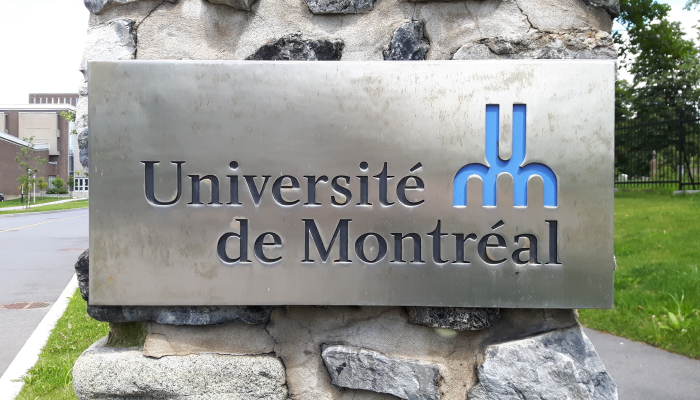
Funke, CC BY-SA 4.0 https://creativecommons.org/licenses/by-sa/4.0, via Wikimedia Commons
$46 million for eye transplantation project. The University of Colorado Anschutz Medical Campus has received $46 million from the Advanced Research Projects Agency for Health (ARPA-H) for their groundbreaking Total Human Eye-Allotransplantation Innovation Advancement (THEIA) project – spearheaded by surgeon-scientist Kia Washington. Link
Stem cell transplants for vision restoration. Employing human-induced pluripotent stem cells to generate retinal sheets (RSs), researchers from the University of Montreal have shown some signs of vision restoration in porcine models after transplantation. Link
Visual impacts of mTBI. A new JAMA Ophthalmology study has reported significant alterations in ocular motor function and primary visual pathways in chronic mild traumatic brain injury (mTBI) patients. Using a combination of clinical assessments and machine learning, the research – undertaken by scientists based at the Neuroimaging Research for Veterans Center, VA Boston Healthcare System, Boston – identified several deficits, including reduced contrast sensitivity, changes in optic nerve thickness, and brain volume variations in visual processing areas. Link
Additional atropine benefit. Using deep learning-enabled optical coherence tomography (OCT) to investigate the long-term effects of childhood atropine treatment on adult choroidal thickness, researchers from the Singapore Eye Research Institute have revealed that short-term atropine use for childhood myopia is associated with a 20–40 µm increase in choroidal thickness in adulthood. These thicker choroidal measurements also correlated with a reduced incidence of tessellated fundus, suggesting potential long-term ocular benefits of atropine beyond its refractive outcomes. Link
Circadian tears. A study in Investigative Ophthalmology & Visual Science has revealed that cannabinoid CB1 receptors regulate circadian tear production in mice, with notable sex-specific differences. While males exhibit stronger fluctuations, females show dampened variations, with CB1 activation suppressing tearing during rest phases and antagonism enhancing it. These findings, conducted by researchers at Indiana University, highlight the potential of cannabinoid signaling in developing targeted therapies for ocular disorders, such as dry eye disease, as well as its broader impact on circadian physiology. Link
Pediatric physical activity benefits. New research from the Hong Kong Children Eye Study has highlighted that physical activity positively impacts retinal microvasculature in children, with higher activity levels linked to healthier vascular profiles, such as wider arterioles (CRAE) and narrower venules (CRVE). Using AI and retinal imaging, the research underscores the potential of retinal vessels as noninvasive biomarkers for cardiovascular health. The findings also reveal gender-based differences, suggesting varied vascular responses to physical activity in boys and girls. Link
Breaking Barriers on Presbyopia Correcting Surgery. Misconceptions around intraocular lens (IOL) implants was the theme of a seminar hosted by Ike Ahmed at this year's ESCRS Congress in Barcelona, Spain. The session's expert participants highlighted the reasons for choosing one presbyopia-correcting intraocular lens (PC-IOL) over another, clarified the classification of different IOLs, and emphasized the importance of clearly communicating the value and benefits of IOLs to patients. Link
